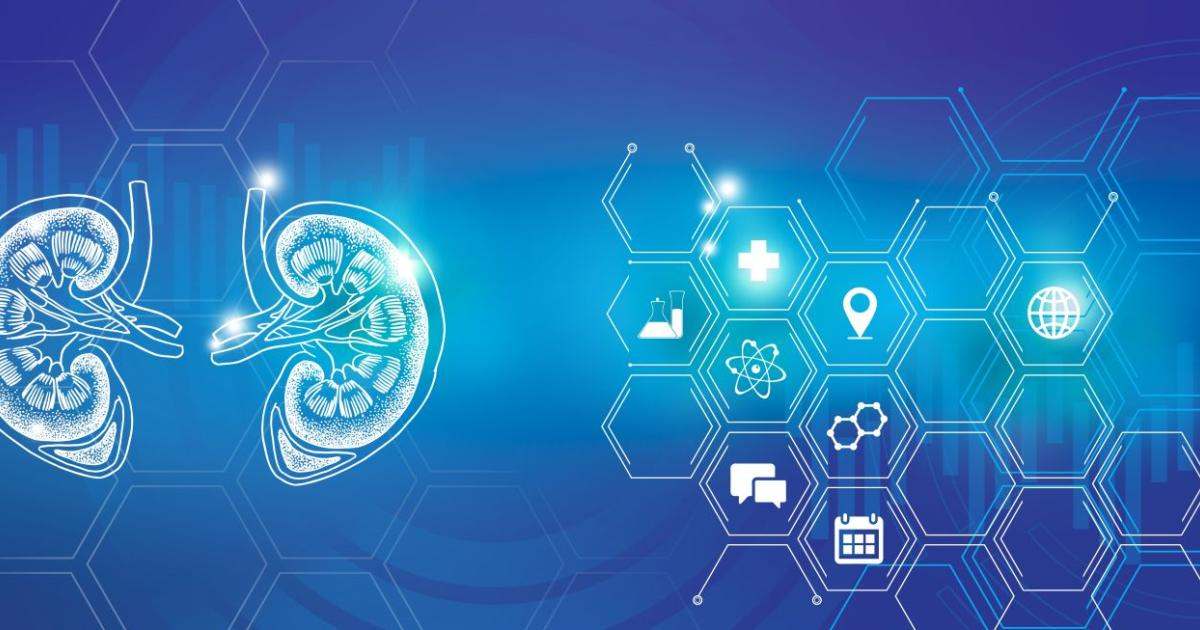Advances in kidney transplants
There are more than 103,000 people on the waiting list for a kidney transplant and there are not enough kidneys for everyone who needs them. However, scientists are exploring new ways to make transplants more accessible. Only about 1 in 3 people waiting received a transplant last year.
artificial kidneys
Scientists are working on developing lab-grown kidneys and new machines to give people with kidney failure other options besides undergoing dialysis and waiting for a kidney transplant. artificial kidneys Grown from the patient’s own cells, they are designed to function like real kidneys without the risk of rejection.
They could be available as early as 2030.
Genetically modified pig kidney transplants into humans (Xenotransplants)
Another innovation that researchers are testing to make kidney transplants more accessible is through xenotransplantation. Xenotransplants use cells, tissues, or organs from animals to treat medical conditions in humans. In 2025, the FDA approved the first clinical trials for genetically modify pig kidneys for people with kidney failure to reduce the risk of rejection and help them function in the human body. In November 2024, a woman became the third person to receive a gene-edited pig kidney and is still doing well.
Additional Resources:
Teach the immune system to accept transplants
New trial tests one-time cell therapy (MDR-101) that could help kidney transplant recipients live without anti-rejection drugs. Performed between March 2018 and April 2024, the treatment uses the donor’s stem cells (special cells that can become many different types of cells in the body) to retrain the immune system to accept the new kidney as its own.
3D kidneys
Mayo Clinic researchers use 3D bioprinters to create living models of skin, cartilage and organ tissue using medical images and patient-specific cells. These tissue models help scientists study diseases, test treatments, and develop future transplant solutions. While still in development, this technology offers real hope for patients facing organ failure or donor shortages.
Some transplant innovations mentioned here are experimental or in early testing. Talk to your transplant team to understand what options may be available to you now.



